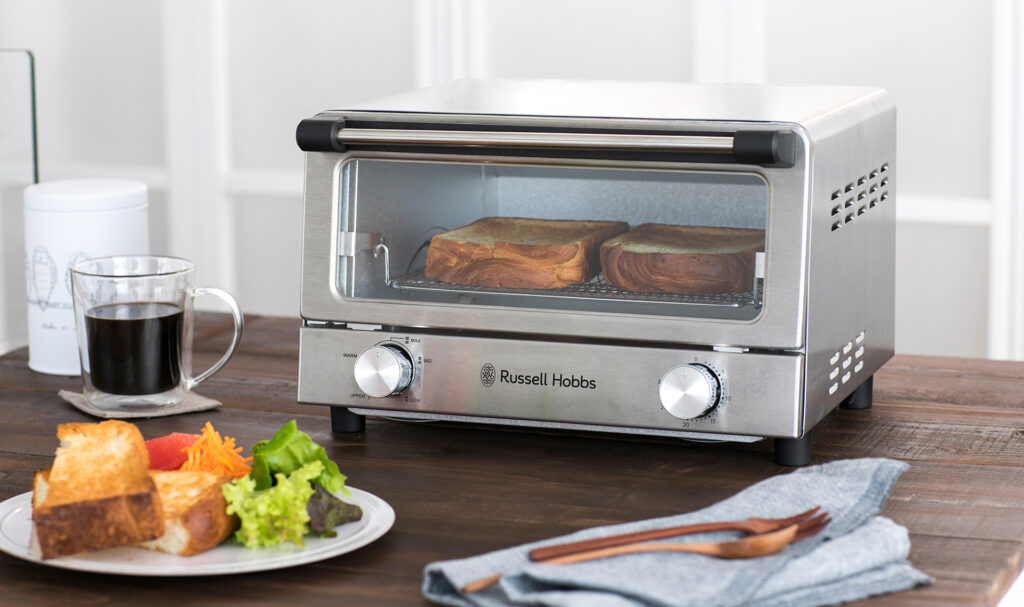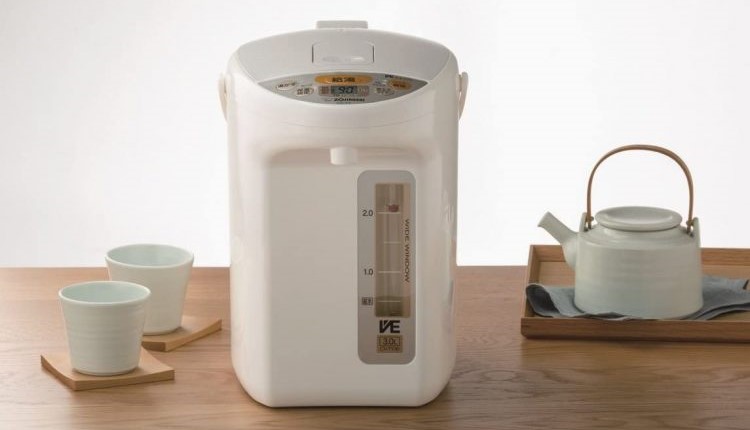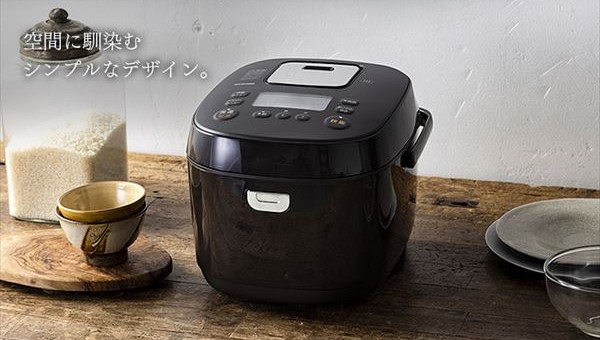Choosing appliances for your Japan based Airbnb Rental Property.
With so many different styles, features, and technology options available, selecting the best appliances for your home can be overwhelming. In Japan, there are also some cultural differences in the items and options available and understanding these can help you to select the most stylish, and functional appliances for your Japan based home while remaining on budget.
Built in appliances:
In Japan, most homes will come with a cook top which will be either electric induction heating (IH), or gas. Ovens are not very common in the Japanese domestic market, but recently, new properties will often include an oven immediately under the cook top. Unlike western stand-alone units, Japanese ovens will be built into the kitchen cabinets and are fairly small at around the size of a large microwave. They do usually fit a whole chicken however so are quite practical once you get used to the size difference.
Dishwashers are also not common in Japanese homes, but when building a new residence, these are also becoming more popular. Like Japanese ovens, dishwashers are installed within the kitchen cabinetry rather than floor standing. Most dishwashers are the ‘drawer type’ and come in standard size and deep sizing. We recommend the deep type as the standard size doesn’t usually fit large plates or pots.
There is also a limited range of western appliances available on the Japanese domestic market including Miele, AEG Electrolux and Haier. While these well-known international brands come with English language operation, they tend to come at a premium price compared to the domestic Japanese models.
While the Japanese domestic models usually come from well-known brands such as Panasonic and Mitsubishi and are usually good, high-quality units, they do have the disadvantage of only having Japanese language menus and operation. This is usually managed by way of a translated guide sheet for guests.
Refrigerators:
Refrigerators in Japan tend to be fairly small compared to western standards. This is partly due to the fact that the majority of the Japanese population live in small apartments and people tend to shop for food more often compared to the western style weekly shop. For a second home or rental villa however, a very large fridge is often not necessary and so the 450 – 500 litre domestic models tend to be sufficient.
Toasters:
While pop up toasters are available here, toaster ovens are also popular in Japan. These small bench top grill ovens cater for super thick slices of bread and also work perfectly for cheese on toast, muffins, croissants etc. As they often fit up to 4 slices of bread at a time they are also well suited to the morning breakfast rush!

The electric Kettle
Electric kettles by well-known brands such as Russell Hobs, Delonghi and Tefal are commonly available in Japan and generally have a water capacity of around 1litre. As an alternative to the standard electric kettle, Japan also has a product called an “electric pot” which heats and stores hot water (often at a set temperature) for coffee, tea or soups. As the hot water is on demand you don’t have to wait for the kettle to boil! Most models have a capacity of around 3 litres.

Rice cooker
A rice cooker is an indispensable item in most Japanese homes and perhaps for much of Asia. A rice cooker can be set in advance so the rice is perfectly cooked just in time for dinner. It will also keep the cooked rice warm for second helpings as required.

Televisions
TV tech has come on in leaps and bounds in the last few years, so it can be easy to become overwhelmed by the modern TV buying experience. Should you get an OLED or a QLED? An LED or an LCD?
In Japan, however, our criteria is often a bit more simple. Surprisingly, not all TV manufacturers offer English menu options, so one of our first priorities when selecting TV’s is to make sure that the menus have the necessary language support. As terrestrial TV only broadcasts in Japanese language, we focus on ensuring that the TV has the necessary streaming apps such as YouTube & Netflix for our clients and your guests.
Sometimes when a home is still under construction, we are also able to assist with the design and installation of the wall mounting, routing of cables and rebating the TV to achieve the perfect TV feature. Where this is not possible, we will source a suitable TV cabinet or stand to suit.
Audio and surround sound systems
Although wireless speaker systems are increasingly common, most speaker systems will require a power outlet and in wall fixing for a speaker bracket to be screwed into. If a home is still under construction, we can usually help to arrange for this infrastructure to be included for ease of installation after completion.
Are Energy Efficient appliances really necessary?
Yes! Energy-efficient appliances are valuable for more than just helping conservation efforts. These appliances tend to use less electricity and less water which lowers expenses and therefore increases your rental returns!
Is it cheaper to buy online?
When it comes to home appliances in a rental property, you want to think about maintenance ahead of time. If you purchase items online, your property manager may not be able to arrange maintenance or replacement easily in the event of an issue. Alpine Interiors use only reputable local suppliers with full warranties to ensure that your property manager can arrange fixing or replacement quickly, keeping your guests happy and with minimal disruption to bookings.
What do we need to check before making an appliance purchase?
Most of the time, appliances aren’t something you can buy off-the-cuff. Alpine Interiors will need to check measurements (both the installation point + stair and doorway access), as well as the hook-ups and connections to services such as water, electricity, and drainage. We also ensure the safe and careful installation, set up, and testing of the items and remove all the packaging so you can simply leave it to us!
